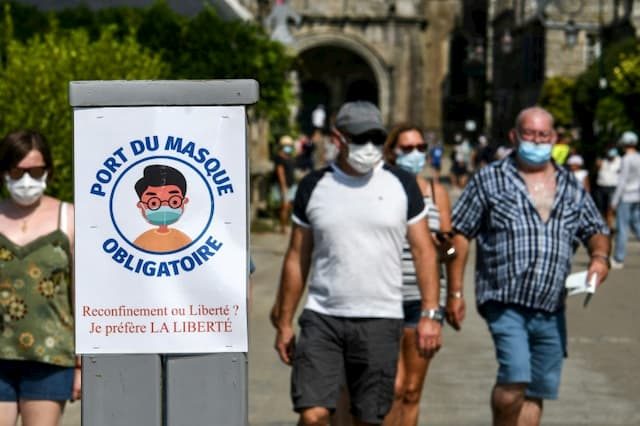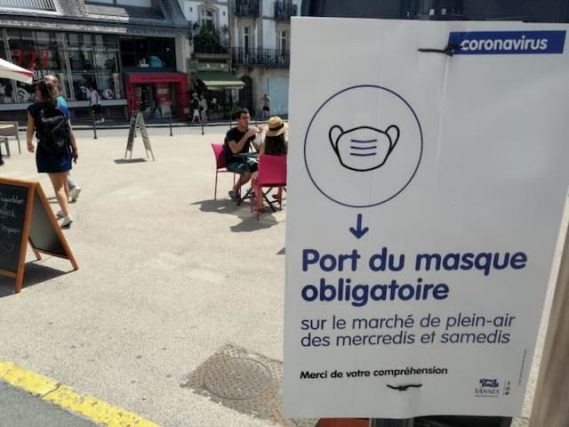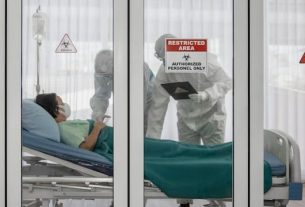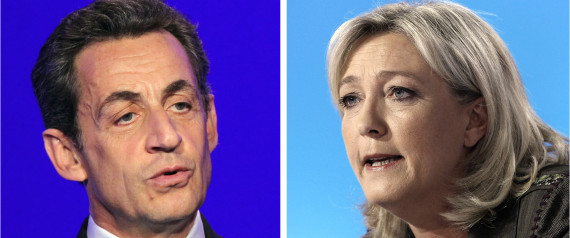Wearing a mask in the street continues to impose itself almost everywhere in France. However, if some salutes its usefulness, others doubt it. Update on a controversial measure.
More and more cities impose the wearing of the mask outside and the Prime Minister called on August 11th from Montpellier to “extend as much as possible” this obligation. But there is no consensus on its usefulness in the fight against the Covid-19 epidemic.
Marseille, Carcassonne, more recently Paris, Grenoble, Nantes, Bordeaux from Saturday … Faced with the rise in the number of cases of contamination in recent weeks, many municipalities – 330 according to Jean Castex – require the wearing of a mask in the street, especially in markets or certain busy streets.
The discourse on the mask has evolved
“We must go beyond”, said Tuesday 11th August the chief executive during a trip to Montpellier, announcing the sending of a circular to the prefects asking them “to develop as much as possible the places where there is an obligation to wear a mask ”.
An additional notch after the encouragement given at the end of July by the Minister of Health Olivier Véran to wear the mask “if you are in a street where there are several people going for a walk and you are not sure you can keep the distance ”.
Pour limiter la circulation du #COVID__19 , les préfets pourront désormais par arrêté étendre l’obligation de port du masque aux lieux publics ouverts.
Cette décision pourra être prise localement, en fonction de l’évolution de l’épidémie dans chaque territoire.— Olivier Véran (@olivierveran) July 31, 2020
This speech contrasts radically with the message of the authorities at the start of the epidemic. In a context of a shortage of masks, they ensured that this object was intended for caregivers and patients and “useless for anyone in the street”, in the words of the Director-General of Health (DGS), Jérôme Salomon.
The speech evolved over the weeks (and scientific knowledge), culminating in an obligation in all enclosed public places on July 20th.
But in the open air, is there really a risk of contamination?

“Common sense gesture”
“Wearing a mask is a common-sense gesture in crowded places and when the minimum distance of one meter can not be respected,” said the Ministry of Health on Monday in its daily press release.
An opinion shared by the professor of immunology Jean-François Delfraissy, at the head of the Scientific Council: “common sense must guide decisions. In the crowded street of a seaside resort, wearing a mask is essential, “he said Sunday in the Sunday Journal, saying, however, prefer” incitement “to coercion.
Jean-François Delfraissy, président du Conseil scientifique : “Le port du masque à l’extérieur va s’imposer” https://t.co/o6pi5xUyQ9 pic.twitter.com/rHBNavvpO7
— Le JDD (@leJDD) August 11, 2020
“If we stand at a respectable distance, one to two meters, that should be enough, but the Prime Minister is right to say that there are crowded areas, where (…) we cannot keep the distances social, and this is obviously where wearing a mask is really essential, “observed Tuesday on RTL Anne-Claude Crémieux, the infectious disease specialist at Saint-Louis hospital (AP-HP).
Read also: Covid-19: the United Kingdom imposes a fortnight on travellers coming from France from Saturday
A “political and not public health” decision
“Outside, there is such a mixing of air that we do not arrive at a sufficient viral concentration to be infectious”, judges Martin Blachier, public health doctor interviewed by AFP.
Epidemiological studies show that outbreaks of grouped cases (“clusters”) occur almost exclusively in closed places and allow us to estimate that the risk of contamination is about 20 times higher indoors than outdoors, adds the co-manager of the consulting company Public Health Expertise.
“It is a political decision and not of public health, to say” we take the full measure of this epidemic “, also estimated with AFP Yonathan Freund, fearing that this measure that” nothing scientifically justifies “creates “Mistrust in the population”.

A “real” effect difficult to measure?
“It is impossible to know if the effect” of wearing a mask outside “is real” , because it would be “unethical” to test this hypothesis in real conditions, adds Michaël Rochoy, general practitioner member of the Collective Stop Postillons, which has been advocating since March a wider use of the mask in the fight against the coronavirus.
“But faced with a zero risk” linked to the wearing of the mask itself, “the decision deserves to be taken in the densest places, where there are the most concentrations of people”, he explained. to AFP.
The doctor is also cautious in the face of the little contamination outside officially recorded: “when you contaminate yourself in the street, it is very difficult to know: it is not a single place, you do not cross it. the same people for several hours at a time ”, whereas when several cases are detected in the same company, it is very likely that the contamination has taken place in these premises.
Read also: A doctor prescribes false certificates against wearing a mask, the ARS takes legal action
#COVID19 | Assurez-vous de porter le masque correctement pour protéger votre santé et celle des autres ⤵
❌Il ne doit laisser ni le menton, ni le nez découverts
❌Il ne doit pas être porté sous le menton
✅Une fois correctement ajusté, ne le touchez plus pic.twitter.com/EJec4MKozd— Ministère des Solidarités et de la Santé (@MinSoliSante) August 13, 2020
A “psychological bet”
Beyond the scientific aspect, some mayors point out the psychological interest of such a measure: “it is a measure which aims to reassure” the population, “to say that we can go out, we can go to commerce, we can stroll ”, argued on the local channel Eric Fournier, mayor of Chamonix-Mont-Blanc (Haute-Savoie), who opted on August 3rd for the compulsory mask in the city centre.
A risky “psychological bet”, according to Martin Blachier, because those resistant to wearing a mask could, on the contrary, be tempted “to find themselves indoors”, in private places where the wearing of a mask cannot be controlled and where the risk of contamination is much higher.




